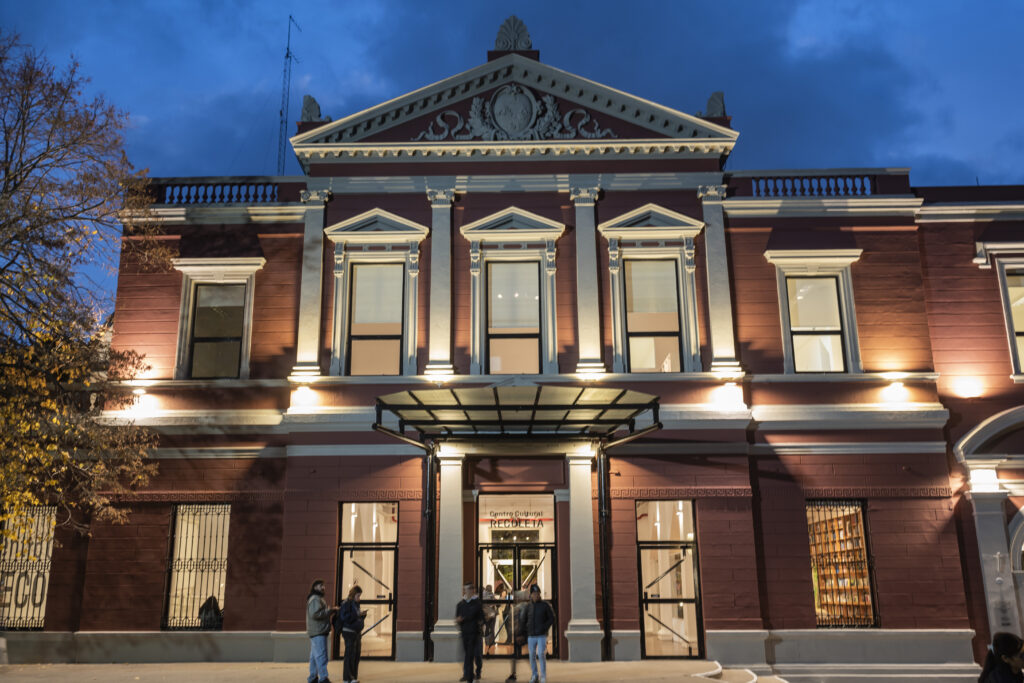De manera reciente, el Centro Cultural Recoleta mostró su fachada original totalmente restaurada y pintada, recuperando así el esplendor del tradicional recinto porteño.
Originalmente diseñada en 1980 por los arquitectos Clorindo Testa, Jacques Bedel y Luis Fernando Benedit; ellos fueron quienes asumieron la tarea de refuncionalizar el antiguo Asilo de la Ciudad para convertirlo en centro cultural.
De esta manera, la renovación arquitectónica intensificó la variedad cromática ya existente en el predio de la Recoleta. Para la fachada el color seleccionado fue el rojo pompeyano, vinculado al Nápoles natal de Testa, que buscaba llamar la atención del público y enfatizar una impronta contemporánea para el nuevo destino otorgado al edificio.
Según expresó Joaquina, hija de Clorindo, en el marco de las tareas realizadas, “esos colores están relacionados con los viajes de mi padre por Italia y con la visita de las ruinas de Pompeya donde quedaron unos frescos que tienen ese color rojo”. También manifestó por otro lado que “tiene que ver también con un elemento bien argentino”.
Asimismo, Bedel subrayó que el color fue elegido por su impacto “colonial que se usaba en las estancias argentinas que se hacía con la sangre de buey mezclada con cal”. De esta manera, “el rojo pompeyano venía en el ADN de Clorindo, que era napolitano, y también del color lacre de las estancias de campo argentinas, que es el mismo que se usaba en Italia”.
Joaquina también destacó la tarea de los tres arquitectos, también “artistas” ya que su aporte “es desde las dos disciplinas”.
“El arte y la arquitectura son la misma cosa. La arquitectura sin una visión artística se queda manca; y el arte sin una visión espacial arquitectónica también”, destacó Bedel.
Luego de la presentación de la fachada, el director del recinto, Maximiliano Tomas, se mostró feliz por “haber podido encarar la restitución de los colores originales del Recoleta, una de las demandas más resonantes de los vecinos del barrio y de la comunidad artística”.
El directivo añadió que estos colores “fueron elegidos por la tríada de arquitectos y artistas que le dieron origen al centro cultural. Honrar la historia de un espacio como este, que se destaca por sintetizar vanguardia y tradición, es una de las ideas principales de esta gestión”.
Ubicado en Junín 1930, el Recoleta puede visitarse con entrada libre y gratuita de martes a viernes de 13.30 a 22 horas y los sábados, domingos y feriados de 11.15 a 22 horas. Para saber acerca de su grilla de actividades puede visitarse el sitio oficial, www.centroculturalrecoleta.org.


